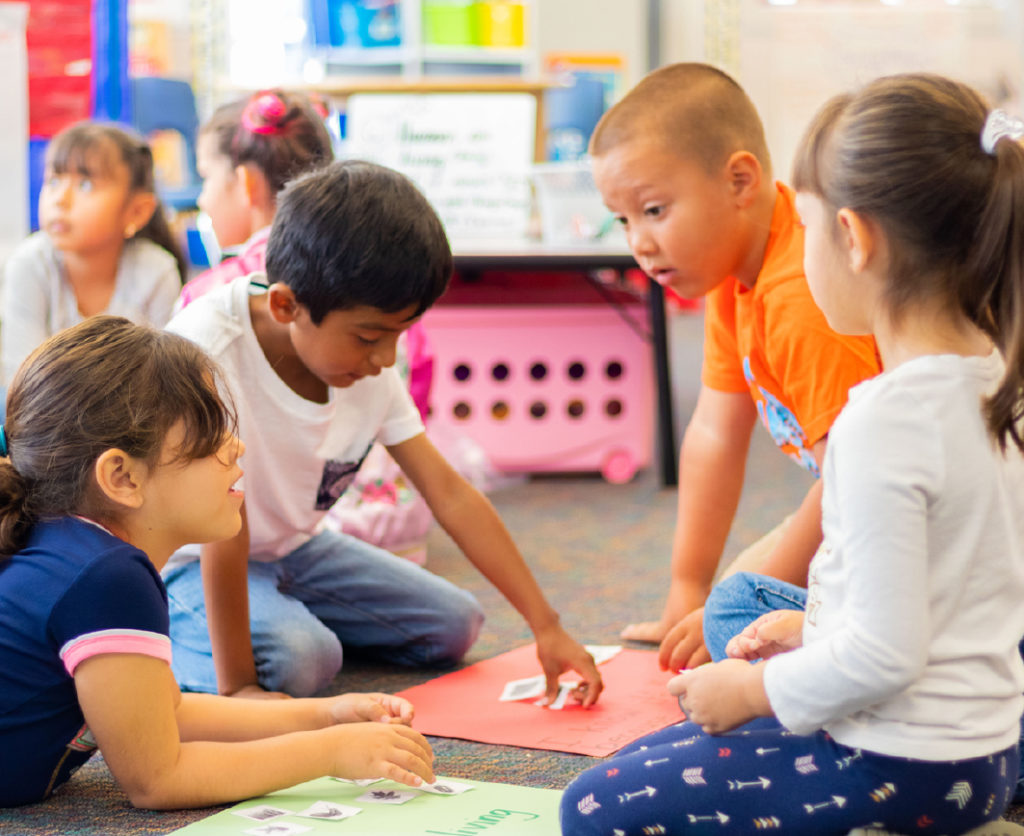How Children Learn Attitudes and Values
Children's attitudes and values are shaped through a complex interplay of social, cultural, and personal experiences. From early childhood, individuals are exposed to various influences—such as family, peers, schools, and media—that collectively help form their understanding of the world and guide their behavior. Unlike innate traits, attitudes and values are learned over time, and they evolve as children interact with their environment and the people around them.
1. Family Influence: The Primary Socializing Agent
The family is the first and most significant source of learning for children. From birth, children are immersed in the values, norms, and attitudes of their caregivers, especially parents. Families instill their beliefs and principles through direct teaching, modeling, and reinforcement. For example, parents who value honesty will emphasize the importance of telling the truth, and they may reinforce this behavior through praise when their child demonstrates honesty.
In addition, children observe their parents' actions, which play a powerful role in shaping their attitudes. If a child sees their parents demonstrate kindness, empathy, and respect in their interactions with others, they are more likely to adopt these same attitudes themselves. The concept of role modeling is critical in this context. When children observe their caregivers consistently behaving in certain ways, they internalize these behaviors as appropriate or acceptable, laying the foundation for their personal values.
2. Peer Influence: Shaping Social Norms and Acceptance
As children grow older, their social circle expands, and peers start to play an increasingly important role in shaping attitudes and values. Peer interactions provide children with opportunities to learn social norms, rules, and expectations outside the family unit. For instance, in school settings, children may develop values related to cooperation, fairness, and respect as they engage in group activities or deal with peer conflict.
Peer pressure is a significant factor in the development of certain attitudes, especially during adolescence. Children may adopt values that align with those of their peer group in order to fit in or gain acceptance. For example, if a child’s friends place a high value on academic achievement, the child may develop a similar attitude toward education. On the other hand, negative influences from peers—such as promoting exclusion, bullying, or dishonesty—can also shape undesirable attitudes, which highlights the importance of positive peer relationships.
3. Educational Institutions: Formal and Informal Learning
Schools are pivotal in the development of attitudes and values. In addition to imparting academic knowledge, schools teach children values like responsibility, discipline, and respect for authority. Teachers, as authority figures, also serve as role models and convey important social values, such as fairness, equity, and the importance of cooperation.
The curriculum itself often reflects societal values. For example, in many educational systems, curricula include lessons about diversity, human rights, environmental responsibility, and social justice, all of which contribute to the development of a child's value system. Through group work, extracurricular activities, and interactions with diverse classmates, children are exposed to various viewpoints and practices that broaden their understanding of different cultures, lifestyles, and perspectives.
Additionally, informal learning in schools—through interactions with peers and teachers—helps children understand societal expectations, moral principles, and ethical conduct. For instance, a child may learn about the importance of inclusivity and respect through social interactions or by observing how teachers handle conflict or diversity.
4. Media and Technology: External Influences
In today’s world, children are also influenced by mass media, including television, movies, video games, social media, and advertising. The values portrayed in these mediums can either reinforce or challenge those learned in the family and school settings. For instance, media often promotes ideas about beauty standards, success, material wealth, and gender roles, which can impact a child’s perceptions of what is important in life.
The media can shape children's attitudes toward social issues, such as environmental sustainability, equality, and justice. Positive portrayals of kindness, compassion, and cooperation in shows and films can foster similar values in children. However, negative portrayals of violence, materialism, or prejudice can also influence attitudes in harmful ways. This makes it crucial for parents and educators to guide children’s media consumption and help them critically evaluate the messages they encounter.
5. Personal Experiences and Reflection: Internalizing Values
While external influences are important, children also develop attitudes and values through their own experiences and reflections. As they encounter the world, children make sense of their personal experiences, successes, and failures, which further shape their internal belief system. For example, a child who experiences kindness from others may develop a greater value for empathy and helping others. Similarly, personal experiences of injustice or exclusion may foster a strong belief in fairness and equality.
Through cognitive development, children are capable of reflecting on their experiences, which leads to the formation of more complex attitudes and values. This is particularly evident in adolescence when individuals begin to explore their identity and make more autonomous decisions about what they believe in.
Conclusion
Children learn attitudes and values through a combination of family influence, peer interactions, formal education, media exposure, and personal experiences. This process is gradual and multifaceted, with children absorbing and internalizing the beliefs and behaviors that they observe and engage with throughout their development. The values instilled in childhood often stay with individuals throughout their lives, influencing their interactions, decisions, and the way they navigate the world. Understanding how these values are learned can help parents, educators, and society at large to create environments that foster positive, inclusive, and ethical attitudes in children.
Subscribe on YouTube - NotesWorld
For PDF copy of Solved Assignment
Any University Assignment Solution


.webp)